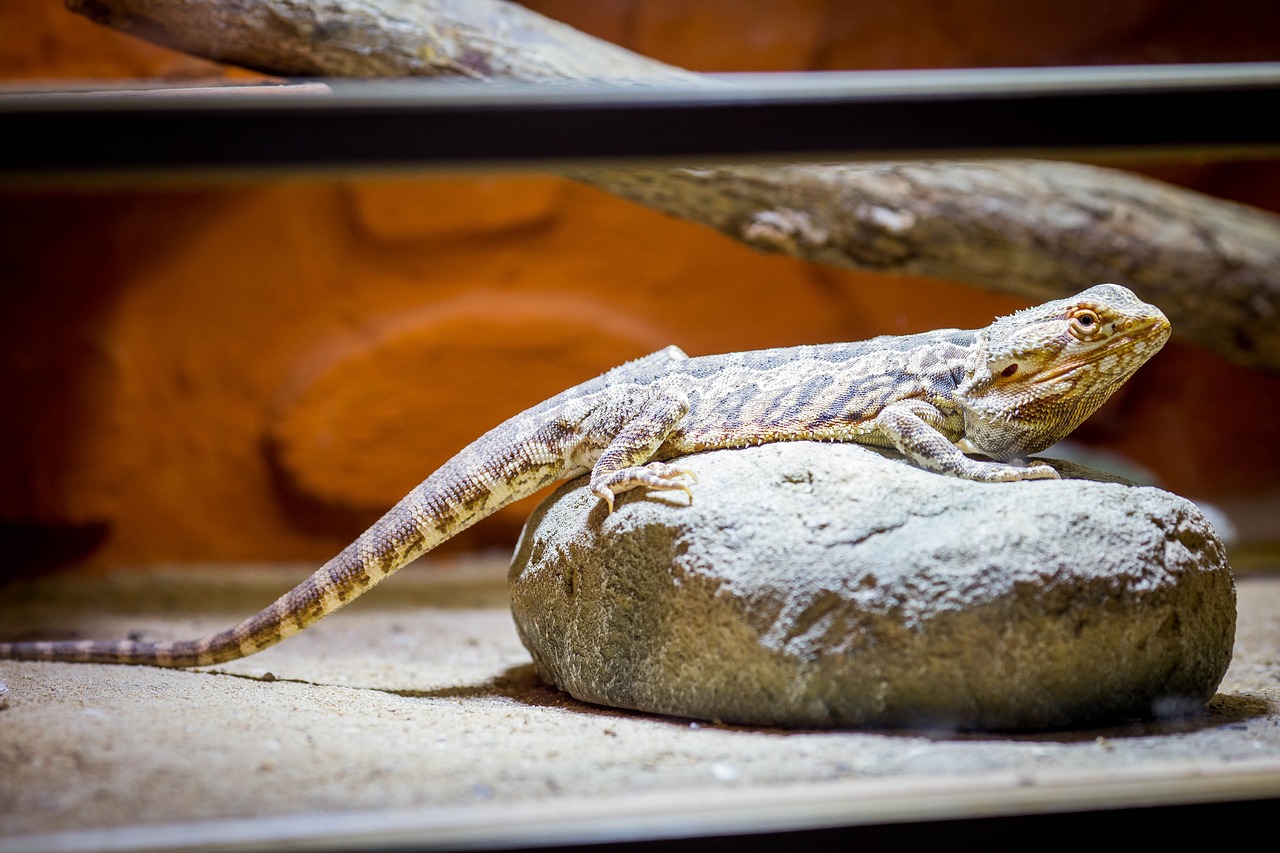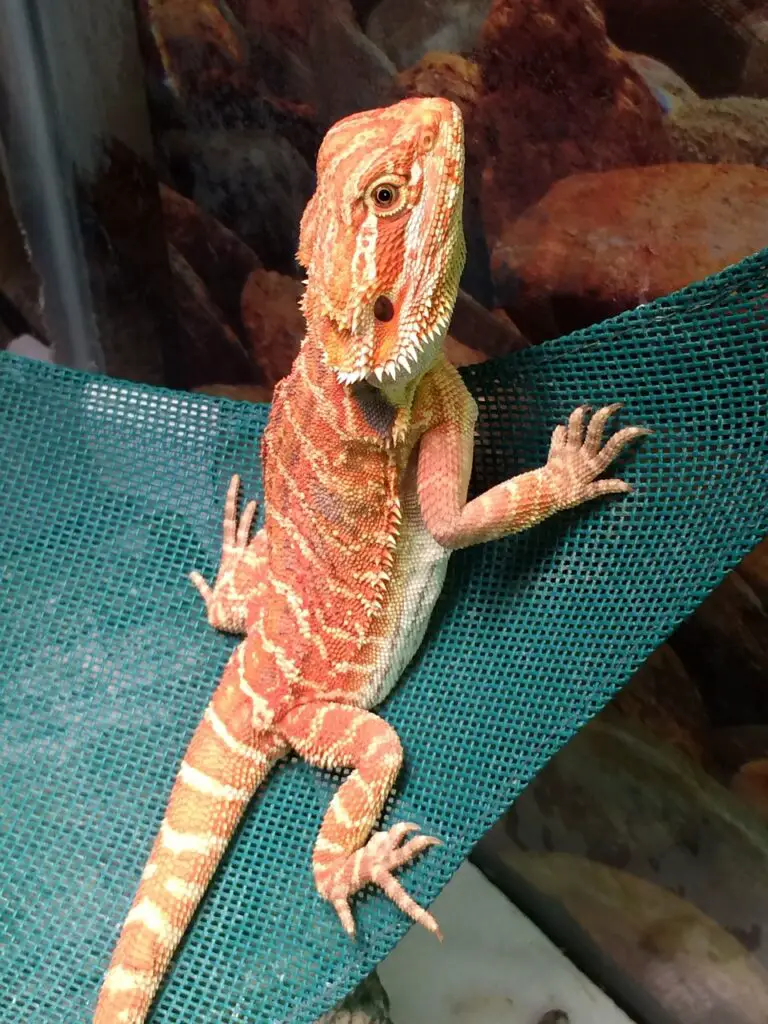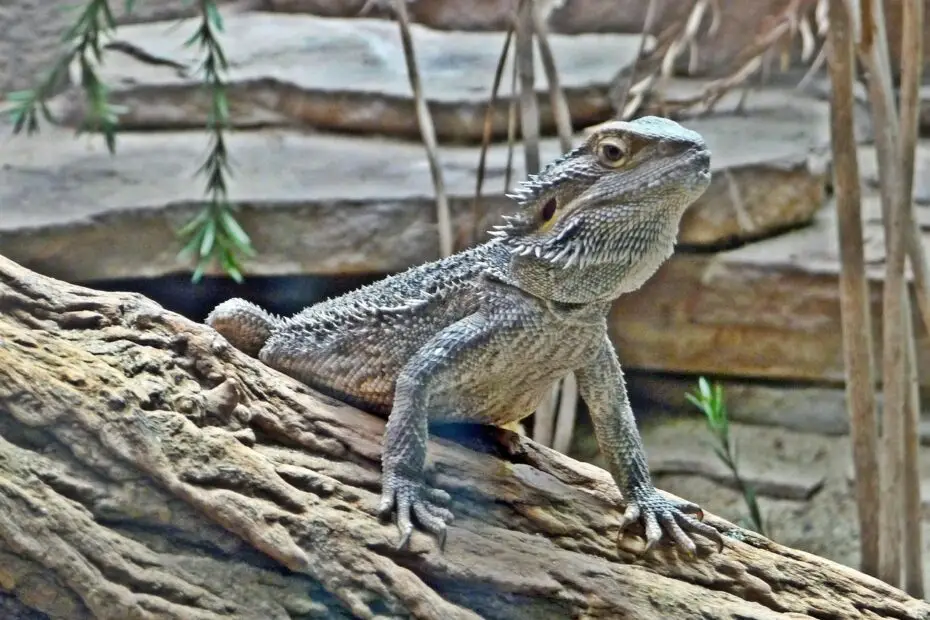Bearded Dragons, with their unique appearance and docile nature, are popular reptile pets among enthusiasts. However, like any living creature, they are susceptible to certain health issues, one of which is Tail Rot. In this comprehensive guide, we will delve into the world of Bearded Dragon Tail Rot, understanding its causes, symptoms, and prevention, along with steps for effective treatment.
You may also want to know if bearded dragons are good pets.
What is Bearded Dragon Tail Rot?
Tail Rot, also known as Necrotic Tail, is a condition where a part of a Bearded Dragon’s tail starts to decay. It is typically caused by an injury or an untreated infection that affects the tail’s tissues. If left unaddressed, Tail Rot can lead to severe complications and compromise the overall health of the reptile.

Identifying Tail Rot
Identifying Tail Rot is crucial for early intervention. Look out for visual signs such as dark discoloration, blackening, or unusual texture of the tail. Infected areas may appear swollen or emit a foul odor. Properly identifying Tail Rot can help distinguish it from other tail-related issues.
Common Risk Factors
Bearded Dragons are hardy creatures, but certain factors can increase their vulnerability to Tail Rot. Poor hygiene, inadequate enclosure conditions, and underlying health issues can all contribute to the development of Tail Rot. Identifying and addressing these risk factors is essential to prevent the condition. Make sure to give them the right food.
Preventive Measures
Preventing Tail Rot is a primary goal for any Bearded Dragon owner. This section will provide a comprehensive guide to ensuring your pet’s tail health. It will include tips on maintaining a clean enclosure, offering a balanced diet, and creating an ideal environment to promote good tail health.
Treating Tail Rot
If your Bearded Dragon does develop Tail Rot, it is crucial to act promptly. This section will provide step-by-step guidance on treating Tail Rot, emphasizing the significance of professional veterinary assistance. Timely and appropriate care can increase the chances of a successful recovery.
Tail Regeneration and Healing
Bearded Dragons have the remarkable ability to regenerate lost tails, but it requires the right conditions. We will explore the natural healing process of Bearded Dragon tails and discuss how they may regenerate after injury.

Handling Bearded Dragons with Tail Rot
Handling Bearded Dragons with Tail Rot requires extra care and attention. This section will offer guidelines on minimizing stress and promoting healing while handling the affected reptile.
Importance of Regular Veterinary Check-ups
Regular veterinary check-ups are essential for the overall health of your Bearded Dragon. We will emphasize the significance of these visits and how they can help detect health issues early on.
When to Seek Emergency Care
Certain situations demand immediate veterinary attention. We will discuss the scenarios where emergency care is necessary and the potential complications that may arise from untreated Tail Rot.
Educating Other Bearded Dragon Owners
Knowledge-sharing is a powerful tool. We will encourage readers to educate other Bearded Dragon owners about Tail Rot and general reptile health to promote responsible pet ownership.
Conclusion
In conclusion, Bearded Dragon Tail Rot is a condition that requires diligent care and attention. By understanding its causes, symptoms, and preventive measures, you can ensure your pet’s tail remains healthy and vibrant. Regular veterinary check-ups and prompt action in case of infection are vital for your Bearded Dragon’s overall well-being.
FAQs
- Can Tail Rot be cured at home without veterinary assistance?
- Tail Rot requires professional veterinary care for effective treatment. Attempting to cure it at home can lead to complications.
- Are there any topical ointments that can treat Tail Rot?
- Topical ointments are not recommended for treating Tail Rot, as they may not address the underlying infection effectively.
- Can Bearded Dragons with tail injuries still regrow their tails?
- Bearded Dragons can regenerate their tails after injury, but it depends on the severity and location of the injury.
- Can I prevent Tail Rot by improving my Bearded Dragon’s diet?
- A balanced diet is essential for overall health, but Tail Rot prevention also involves proper hygiene and enclosure conditions.
- Is Tail Rot contagious to other Bearded Dragons?
- Tail Rot is not contagious, but maintaining good hygiene can prevent the spread of infection to other reptiles.
